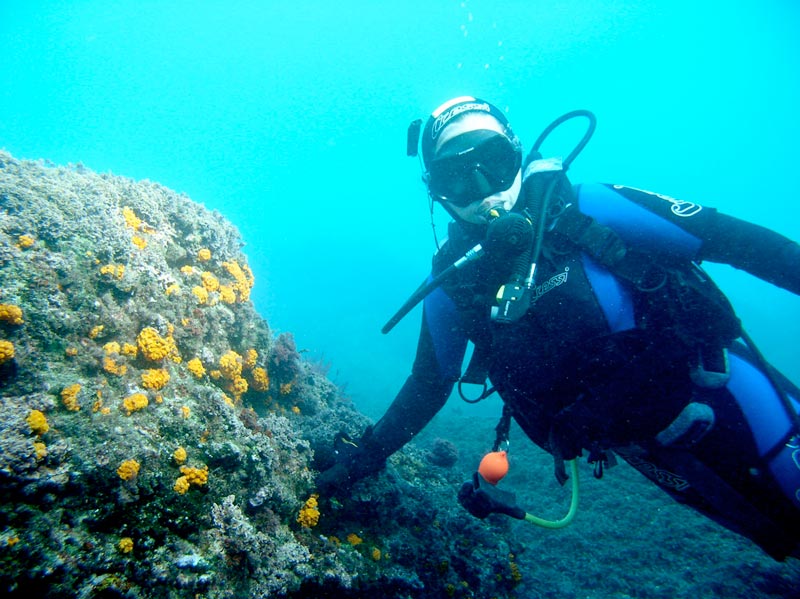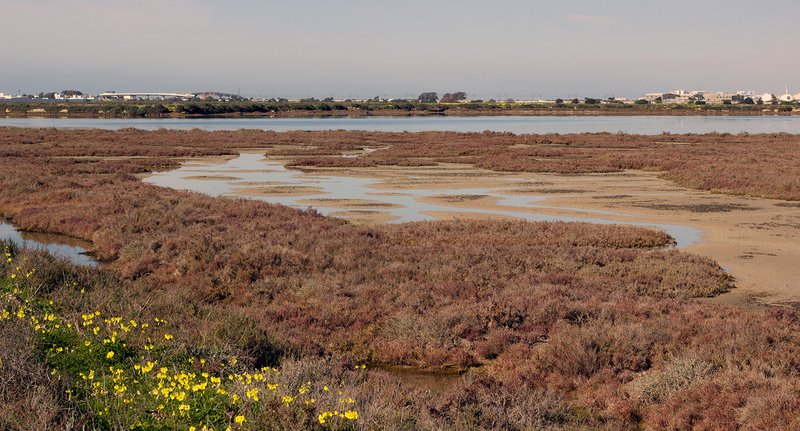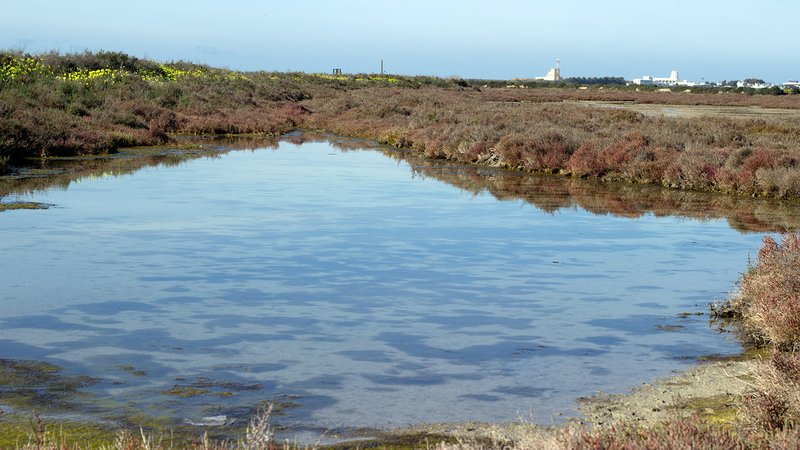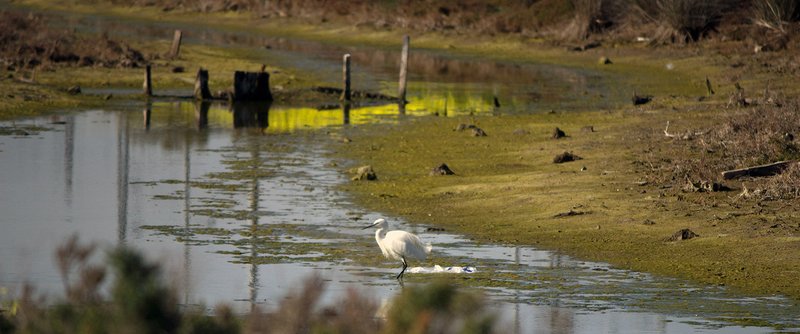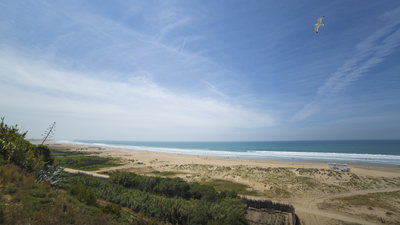Bahía de Cádiz

The first impression that the Bay of Cadiz natural park gives is of a complex, disorganised landscape, which transforms on impulse Nothing could be further from the truth: water, sun, wind and man gallop at the same rhythm in an area that depicts the perfect harmony between land and sea.
To the northeast of the capital this shallow maritime bay, formerly an ancient estuary that received waters from the Guadalete and San Pedro rivers, occupies a large intertidal extension - marshes of the Peninsula Toruños Marsh, Sancti Petri and Trocadero Island- surrounded by a complex system of salt mines- Arillo River, spouts - Sancti Petri, Zurraque, Trocadero-, estuaries and small lagoons. Some exceptional beaches, such as Levante, Camposoto and The Cap-, have more than 3,000 hours of sunshine and are the best of this natural area.




































